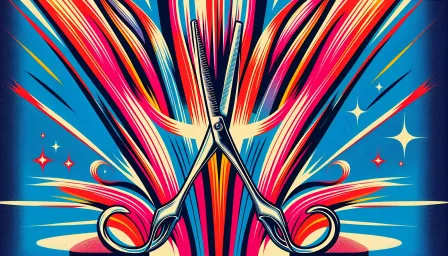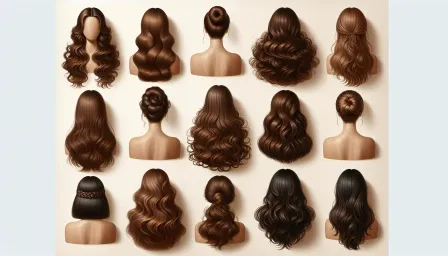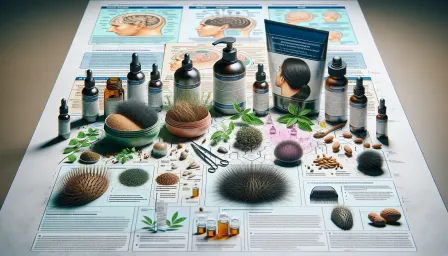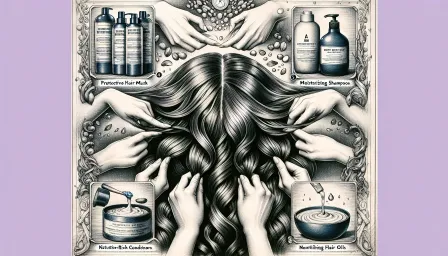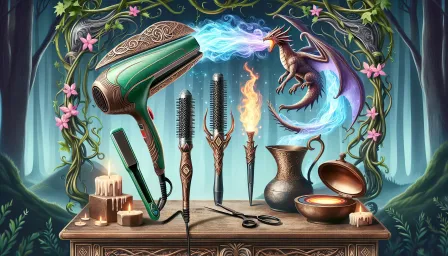Understanding Hair Loss from Chemotherapy: Causes and Solutions
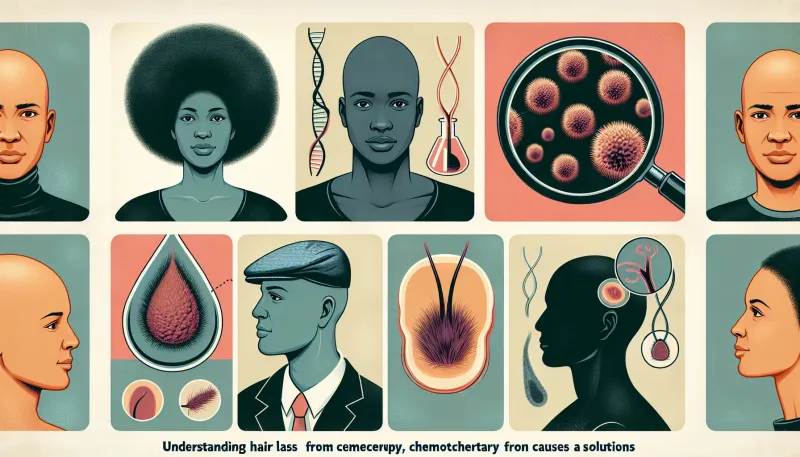
An in-depth look into the causes of hair loss from chemotherapy and viable solutions to manage and cope with it effectively.
Hair loss from chemotherapy is a distressing side effect that affects many patients undergoing cancer treatment. This article aims to shed light on the causes of hair loss due to chemotherapy and offers solutions and coping mechanisms for those affected. Understanding why this happens and what can be done about it can provide some comfort during a challenging time.
Introduction to Chemotherapy-Induced Hair Loss
Chemotherapy is an aggressive form of treatment used to target and kill cancer cells. Unfortunately, this process also affects other rapidly dividing cells in the body, including those in hair follicles. This leads to hair thinning and ultimately, hair loss. The extent of hair loss varies depending on the type and dosage of chemotherapy drugs used, as well as individual patient factors.
The Science Behind Hair Loss from Chemotherapy
How Chemotherapy Affects Hair Follicles
Hair follicles are among the fastest-growing cells in the body, and chemotherapy drugs are designed to target these fast-dividing cells. While the primary aim is to stop the multiplication of cancer cells, these drugs do not differentiate between cancerous cells and healthy cells in hair follicles. As a result, the hair growth cycle is disrupted, leading to hair shedding.
Drugs Most Likely to Cause Hair Loss
Not all chemotherapy drugs cause hair loss. Some drugs are more likely to induce alopecia (medical term for hair loss) than others. Common culprits include:
- Paclitaxel
- Doxorubicin
- Cyclophosphamide
- Ifosfamide
- Etoposide
The severity of hair loss can differ from one person to another and is often dose-dependent.
Timeline of Hair Loss During Chemotherapy
Patients usually start to notice hair thinning and shedding shortly after beginning chemotherapy – typically within two to three weeks. By the second month, many experience significant hair loss. Post-treatment, hair often begins to regrow, although its texture and color may change temporarily.
Coping with Hair Loss: Practical Solutions
Psychological Impact and Support
The emotional toll of hair loss can be significant, affecting self-esteem and body image. Counseling and support groups can be invaluable, providing a space to share experiences and gain comfort from others undergoing similar challenges.
Managing Hair Loss with Headwear and Wigs
Many patients opt for wigs, scarves, or hats to manage hair loss visibly. These options not only conceal hair loss but also provide an opportunity to express personal style. High-quality wigs designed specifically for cancer patients can mimic the natural appearance of hair and are often more comfortable to wear.
Scalp Cooling Caps: Prevention Strategy
Scalp cooling caps are an innovative approach aimed at reducing hair loss during chemotherapy. These caps work by cooling the scalp, thereby constricting blood vessels and limiting the amount of chemotherapy drugs that reach hair follicles. While not universally effective, they do offer hope for some patients. Consultation with a healthcare provider can determine if this method is suitable.
Post-Chemotherapy Hair Care
Promoting Healthy Hair Regrowth
Once chemotherapy ends, promoting healthy hair regrowth becomes a priority. Patients are advised to use gentle hair care products, avoid heat styling, and be gentle when brushing or washing their hair. Incorporating a nutritious diet rich in vitamins and minerals can also support hair health.
Medical and Cosmetic Interventions
For those looking for medical interventions, topical treatments like minoxidil (Rogaine) may be recommended. However, it's essential to consult with a healthcare provider before starting any new treatment. Additionally, cosmetic procedures like microblading can offer a temporary solution for those experiencing eyebrow loss.
Conclusion
Hair loss from chemotherapy is a challenging side effect, but understanding its causes and exploring various solutions can help patients manage this experience more effectively. From wigs and headwear to scalp cooling caps and post-treatment care, there are numerous ways to address and cope with hair loss. Most importantly, seeking support from healthcare providers, counselors, and support groups can provide both practical and emotional assistance during this difficult journey.




